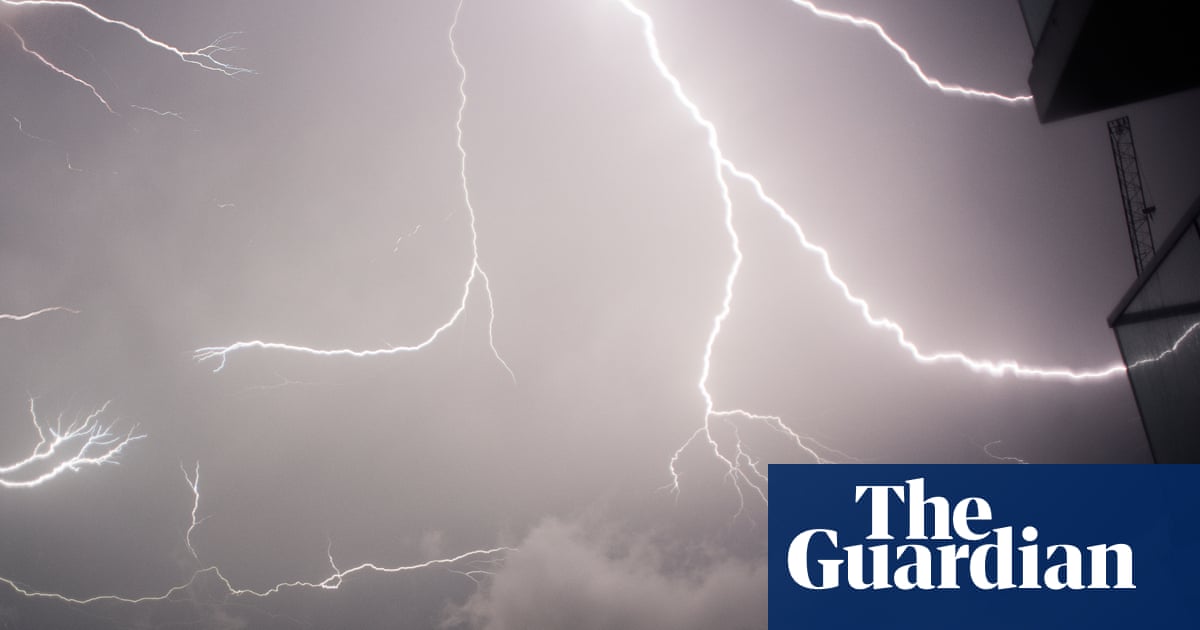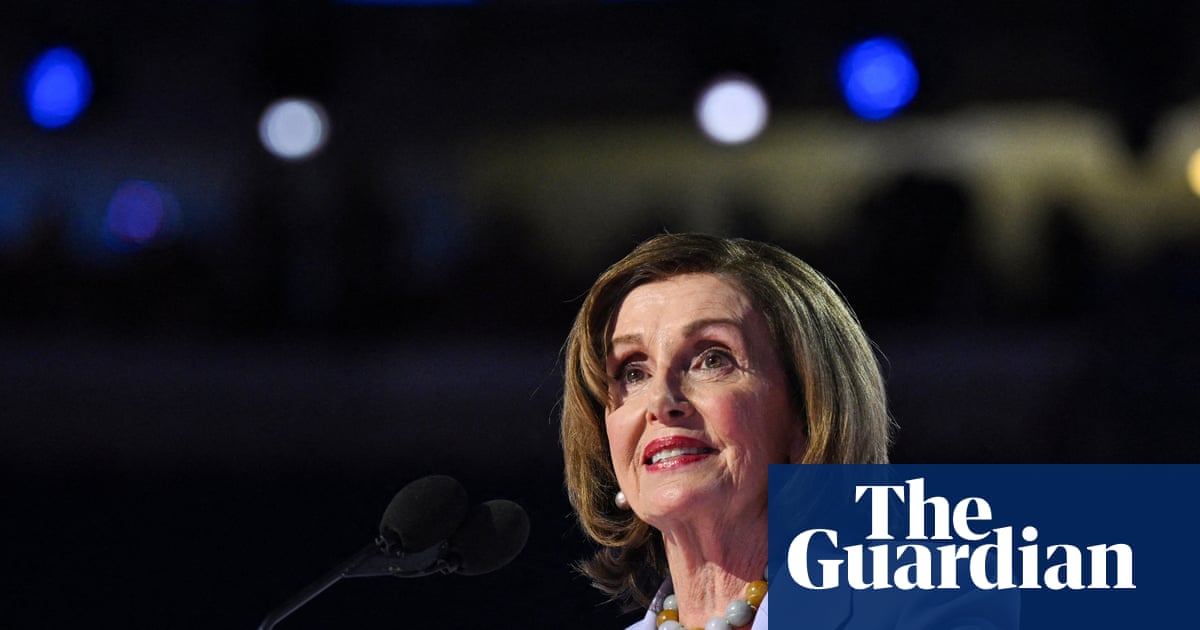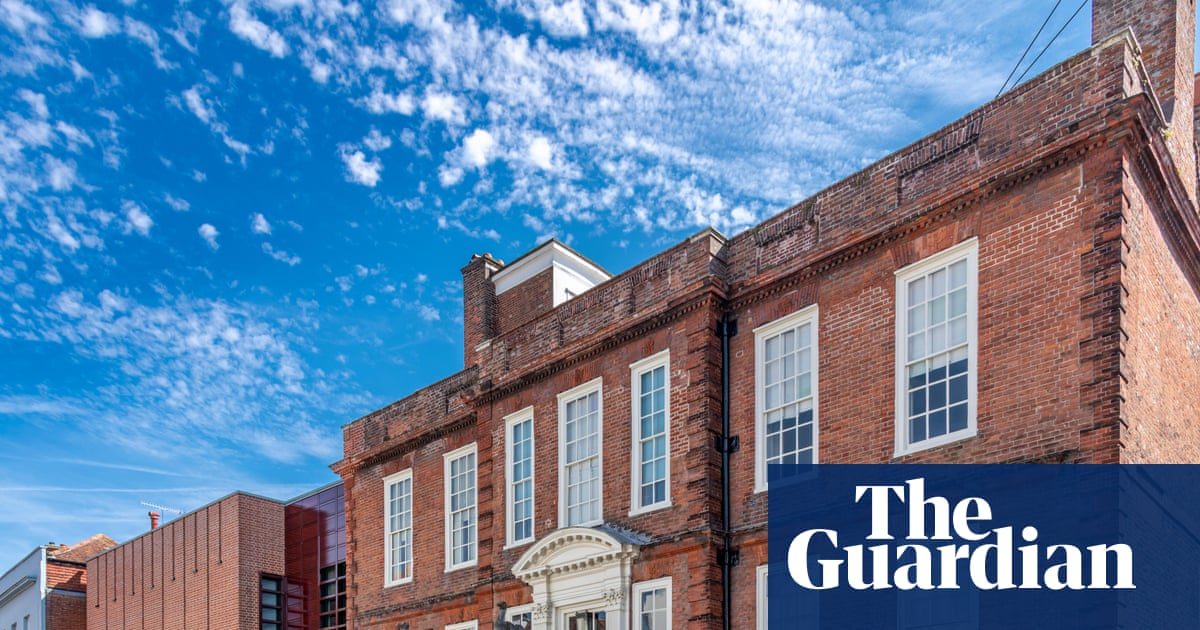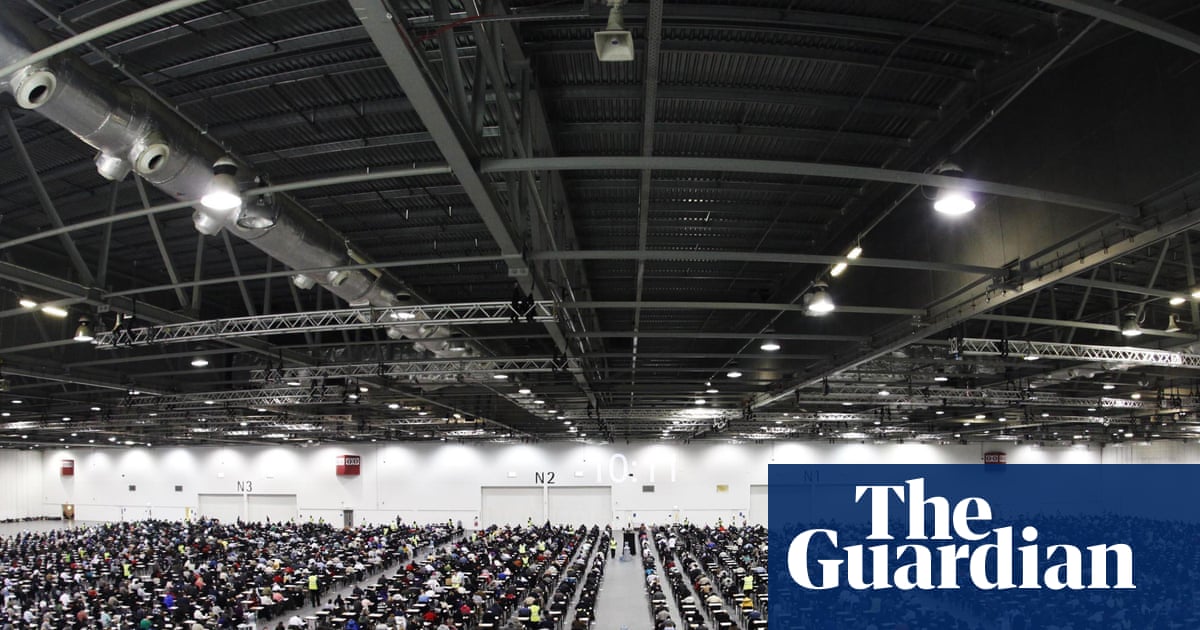Ethiopia has officially inaugurated Africa’s largest hydroelectric dam, a project that will provide energy to millions of Ethiopians while deepening a rift with downstream Egypt that has unsettled the region.
Ethiopia, the continent’s second most populous nation with more than 120 million people, sees the $5bn (£3.7bn) Grand Ethiopian Renaissance dam (Gerd) on a tributary of the Nile River as central to its economic ambitions. The dam’s power has gradually increased since the first turbine was turned on in 2022, reaching its maximum capacity of 5,150MW on Tuesday. That puts it among the 20 biggest hydroelectric dams in the world – about one-quarter of the capacity of China’s Three Gorges dam.
At a ceremony on Tuesday at the site in Guba, an Ethiopian fighter jet flew low over the mist rising from the dam’s white waters, which fall 170 metres (558ft).
Beneath a canopy in the shape of Ethiopia and in the colours of its flag, the prime minister, Abiy Ahmed, later addressed a crowd of dozens of dignitaries including the presidents of Somalia, Djibouti and Kenya.
“To our (Sudanese and Egyptian) brothers; Ethiopia built the dam to prosper, to electrify the entire region and to change the history of black people,” Abiy said. “It is absolutely not to harm its brothers.”
Abiy has said Ethiopia will use the energy to improve its people’s access to electricity and export surplus power to the region.
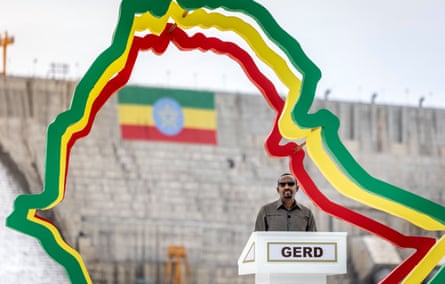
The dam’s reservoir has flooded an area larger than Greater London, which the government says will provide a steady water supply for irrigation downstream while limiting floods and drought.
Ethiopia’s downstream neighbours, however, have watched the project advance with dread since construction began in 2011.
Egypt, which built its own Aswan high dam on the Nile in the 1960s, fears the Gerd could restrict its water supply during periods of drought, and could lead to the construction of other upstream dams.
It has bitterly opposed the dam from the start, arguing that it violates water treaties dating to the British colonial era and poses an existential threat.
Egypt, with a population of about 108 million, depends on the Nile for about 90% of its fresh water.
Egypt would continue to closely monitor developments on the Blue Nile and “exercise its right to take all the appropriate measures to defend and protect the interests of the Egyptian people”, the Egyptian foreign ministry spokesperson, Tamim Khallaf, told Reuters on Monday. While Egypt has refrained from any direct reprisals against Ethiopia, it has drawn closer in recent years to Addis Ababa’s rivals in the Horn of Africa, notably Eritrea. Sudan, meanwhile, has joined Egypt’s calls for legally binding agreements on the dam’s filling and operation, but could also benefit from better flood management and access to cheap energy.
Ethiopia in 2020 began filling the reservoir in phases while arguing that the dam would not significantly harm downstream countries.
Independent research shows that so far, no major disruptions to downstream flow have been recorded – partly due to favourable rainfall and cautious filling of the reservoir during wet seasons over a five-year period. In Ethiopia, which has faced years of internal armed conflict, largely along ethnic lines, the Gerd had proved a source of national pride, said Mekdelawit Messay Deribe, an Ethiopian water researcher at Florida International University. “It has been a banner to rally under, and it shows what we can achieve when unified,” Mekdelawit said.
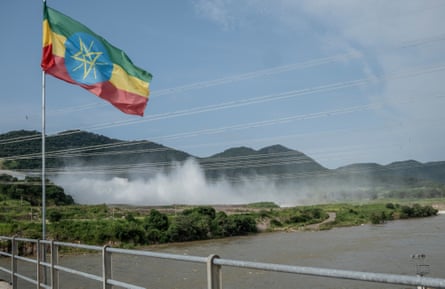
Ethiopia’s central bank provided 91% of the project’s funding, while 9% was financed by Ethiopians through bond sales and gifts, without any foreign assistance, local media has reported.
Sultan Abdulahi Hassan, a farmer who lives near the dam, said it had brought electricity to his village.
“We now have refrigerators. We can drink cold water. We now use electricity for everything,” he told Reuters at the launch.
While the extra power will help the country’s burgeoning bitcoin mining industry, most rural Ethiopians may have to wait a little longer to benefit.
Underdeveloped transmission networks in rural areas are a major constraint on electricity access. While urban areas had a 94% electrification rate as of 2022, just 55% of the country’s total population had electricity, according to the World Bank.

 3 months ago
44
3 months ago
44




